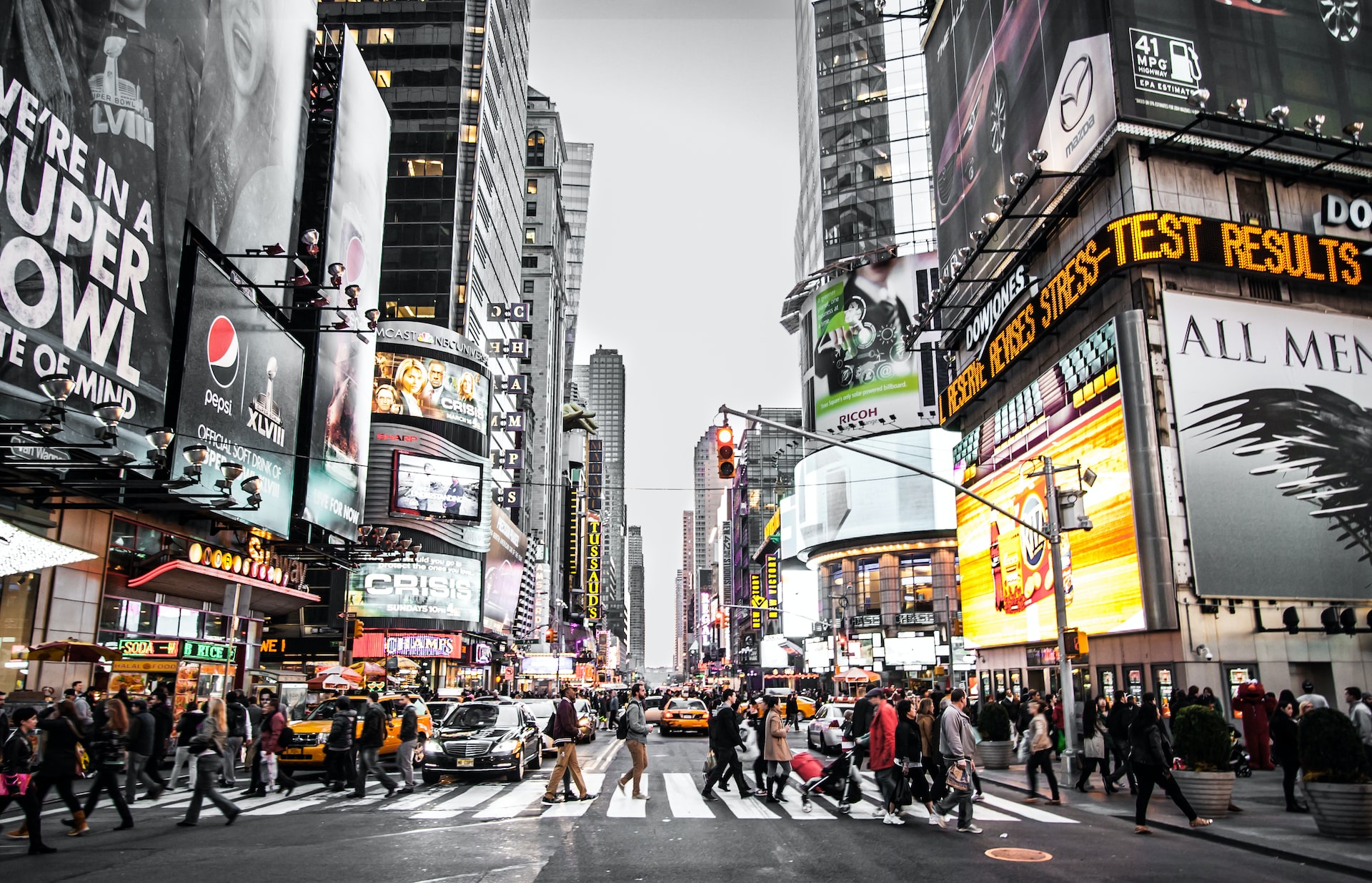5 Things to Know About Out-of-Home Advertising

Reaching an audience and building a brand is tougher than ever. But if your business wants to gain an edge over its competitors, you might consider using out-of-home advertising such as billboards, posters, and other out-of-home marketing materials.
While out-of-home or OOH advertising can be effective, you need to plan your advertising efforts carefully to maximize their efficacy. Let's take a look at five key things to know about out-of-home advertising so your next marketing campaign is a phenomenal success.
Simple is Superior
When it comes to OOH advertising, simple is always superior to complicated. Think about it; the average person only has a few seconds to fully absorb a billboard ad or other out-of-home marketing material. Therefore, the simpler your ad is, the easier it is for the message to be absorbed in its entirety.
With this in mind, you should design all of your OOH ads to have simple yet striking designs. Oftentimes, something as simple as a person looking at, wearing, or using your product is enough to give the ideal impression to your target audience.
It may be wise to hire a skilled graphic designer for this specific goal. A good graphic designer can come up with a simple yet very striking and elegant ad design that wastes no space.
It's Best to Keep Copy Minimal
Similarly, all of your OOH marketing materials should have minimal copy. Generally, a billboard ad or similar out-of-home marketing message should have seven or fewer words total. Again, this makes your out-of-home advertisement much easier to absorb, particularly by someone driving a vehicle or otherwise moving past your ad at a fast pace.
Fewer words, of course, necessarily means that the point of your billboard advertisement needs to be clear from its image or design. This once more highlights the importance of good yet simple design for each OOH ad that your brand puts out.
Don't forget that some of your limited word budget must be taken up by your brand name and the call to action (the message of what you want the ad viewer to do, like make a purchase). Consider how you'll use your limited words very carefully.
Bold Colors and Contrast Work Wonders
The best out-of-home advertisements use bold colors and lots of color contrast. Why? Simply put, color contrast and bold shades are much more memorable and noticeable to the average viewer. You can go for something classic like black and white, or you can opt for bright, vibrant color palettes of contrasting colors like blue and orange, red and green, and so on.
Whatever you do, don't choose muted or overly complementary colors. If your colors aren't bold and noticeable, your billboard ad overall will not be as noticeable compared to the competitors around it.
DOOH is Growing
DOOH or digital out-of-home advertising is growing at a rapid rate. The majority of OOH ads are still physical, of course, including static billboards or painted signs. However, digital billboards - which use digital, dynamic advertisements like short commercials - are becoming much more popular, and for good reason.
DOOH ads allow different brands to show their ads on the same billboard much more quickly than previously. With a DOOH billboard, when one company's contract for a billboard spot expires, another company's advertisement immediately takes its place, without having to wait for the new ad to be constructed or painted on.
With this in mind, consider expanding some of your OOH advertisements into digital variations. Digital ads still have to be simple and striking, but they naturally allow a little more creative flexibility since their images move rather than stand still.
Busier Locations Are Better than More Locations
As you plan your out-of-home advertising campaign, keep this in mind: it's better to have a few great billboards in a few strategic locations than it is to have billboards in a lot of bad locations. That's because a few great, well-placed billboards will reach more eyeballs (particularly among your target audience members) compared to dozens of poorly placed billboards that are barely seen or that are not seen by the people who matter most.
Therefore, it's better to use some of your limited advertising budget to get billboard spots in competitive places instead of putting up a bunch of billboards in bad spots.
You should also learn about every door direct mail and start strategizing how you want to use mailers as a supplement to your out-of-home advertisements. The best strategy is to use both of these tools in the same general areas. This will help you take over the market and leave your competitors behind.
Ultimately, successful out-of-home advertising is a matter of planning, preparation, and careful consideration of your advertisements' visual elements. Simple, streamlined ads that focus on visuals and compelling pictures will be much more effective than text-heavy ads that take too long to process. Keep these tips in mind, and you're out of home advertising materials will be highly converting and highly effective to all who see them.